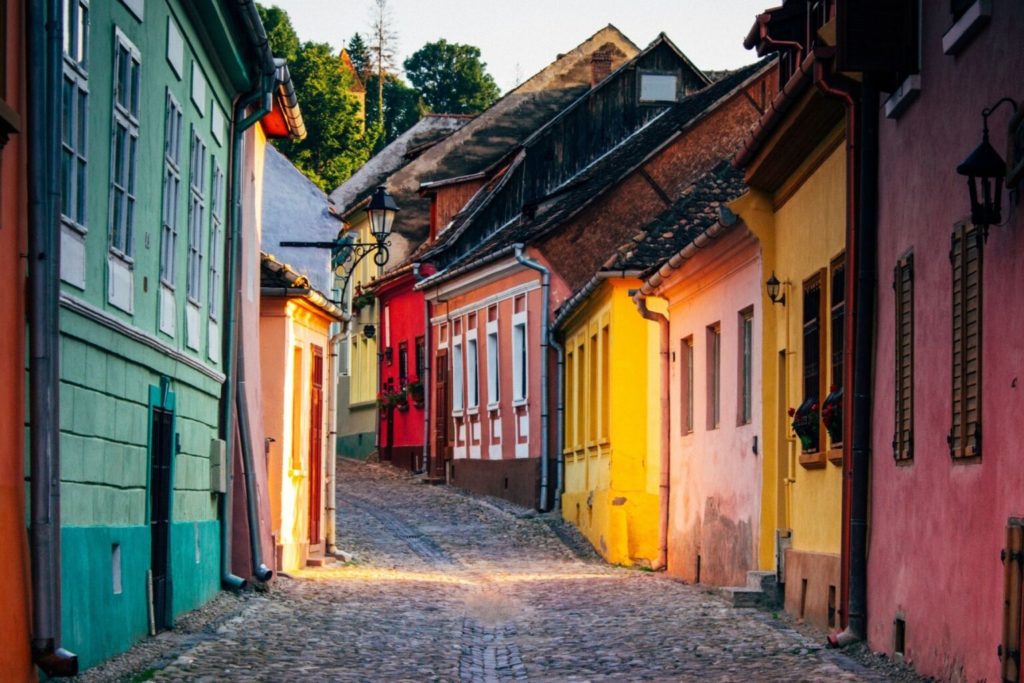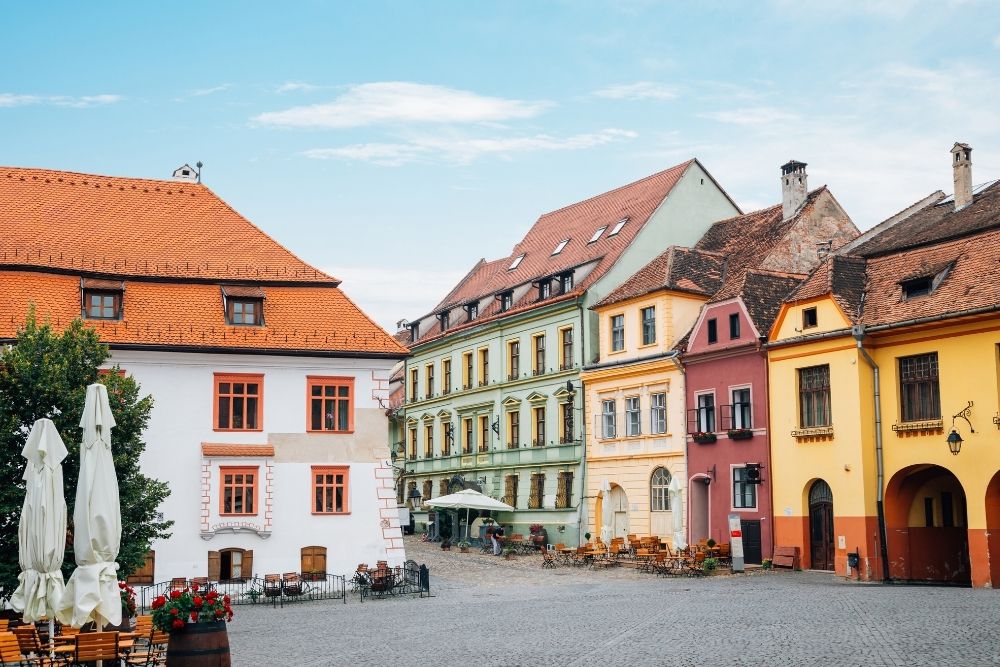Sighisoara is Romania’s best-preserved medieval town, a genuine Transylvanian tourist pearl, transformed in recent decades into a major attraction for Romanian and foreign tourists on holiday or traveling in the center of the country.
The city located in Mures county has a population of about 30,000 inhabitants and magnetizes its visitors with its historical center, included in the UNESCO World Heritage Site. Sighisoara was founded by German settlers (craftsmen and merchants) who arrived in Transylvania at the initiative of the Hungarian king Géza II. These were later known as the “Transylvanian Saxons.” The first documentary mention of the village comes from 1280, under the name Castrum Sex, which speaks about a settlement founded on the ruins of a former Roman castrum.

First fortified in 1350, Sighisoara has had a tumultuous history, including the birth of Vlad the Impaler (in 1431) and numerous attacks by various nations and groups, by plague epidemics or fires. More or less, all these interesting histories are found today in buildings and monuments in the old center of the village. For first-time travelers, here are 10 places to visit in Sighisoara, a mini-guide regarding what to do and what to see in the medieval jewel of Romania.
10 places to see in Sighisoara, Romania

The central square of Sighisoara is the place where all the gatherings used to be held, and all the important events of the fortress took place, from ceremonies and fairs to public executions. Here was, temporarily, the place of the “pillar of infamy”, to which were connected the criminals and witches who received a public judgment
Fortress Square was built after the fire of 1676, which destroyed most of Sighisoara. Then new houses appeared, the old ones suffering changes of the façades burned by flames.
Today, Fortress Square is where tourists can purchase various souvenirs and handicrafts from craftsmen who come here to exhibit their work. They can relax on a terrace, admiring the colorful old houses and imagining how life unfolded in the days of the Middle Ages.



































